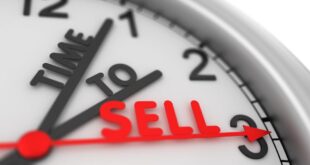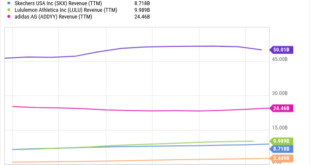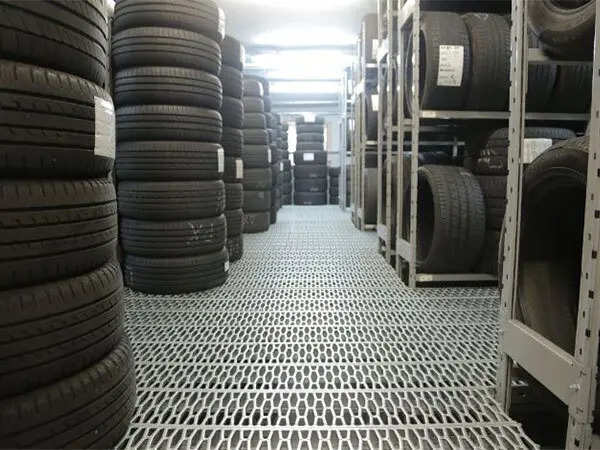“We hope to see an improvement in Q4. I think the pressure is going to ease off in the second half of the year,” he said when asked how long the impact of high natural rubber prices is expected to last.
He further said, “Rubber prices have already come down to about Rs 200 per kg. While the increase Q2 over Q1 was six per cent, for Q3 over Q2 it is expected to be 1.5 per cent to 2 per cent.”
When asked about growth outlook, he said it remains strong.
“We have grown by double digits in aftermarket in the first half. OEM has been muted because of transition of vehicles. It will come around in the second half. Replacement (segment), we expect to grow in double digits,” Banerjee said.
The international business which was hampered in Q2 because of lack of container availability and high freight rates thereby affecting profitability, is also expected to bounce back, he added.
“Our order base is good, and we expect international business to be better because now containers are more or less available, although the freight rates are still very high, but it will be lower than quarter two,” Banerjee said.
In the second quarter, he said, “Raw material cost went up by about 6 per cent quarter on quarter. It’s a steep increase and we took a lot of price increase but the entire thing could not be passed on to consumers.”
Banerjee said usually domestic and international natural rubber prices move in tandem with a difference of Rs 5 to Rs 10 per kg of each other but this time around the difference in domestic and international prices were as high as Rs 50 per kg.
“So in our international business they (customers) were not seeing this kind of prices and they were unable to accept the price which we were asking based on our domestic procurement cost,” he added.
Source link
 meganwoolsey Home
meganwoolsey Home


